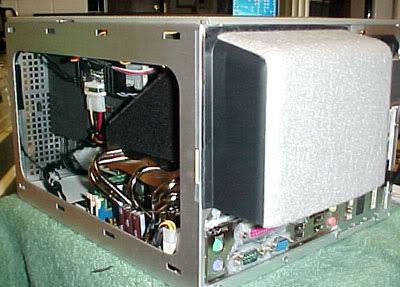Bean wrote:Isaac,
Did you notice a difference in speed intake vs. exhaust blocked?
Maybe it didnt stop it entirely but I seem to remember there was a significant difference between exhaust and intake. Also, maybe I tried it at 12 volts. dont remember its been a long time ago.
Could someone with rpm measuring capability please try out this experiment? Basically, take a fan at 5v (or 12v) and measure the speed difference when blocking either the intake side or the exhaust side.
Because I simply can't believe my results. I'm only going by change in pitch, and I can't detect any speed difference at all! The pitch of the fan noise seems to be the same whether it's in open air or whether one side or the other is blocked! When I block the fan or remove the blockage, I don't hear any pitch difference at all of it slowing or speeding up. If there is a pitch change going on, it's completely overwhelmed by the introduction/removal of heavy turbulence noise.
Maybe the rpms remain the same no matter what, while changes in impedance merely change the amount of turbulent "recirculation". This would be like a motorboat's propeller, spinning at the same rate regardless of whether the boat is moving forward or it's anchored in place.
But I just can't believe it. Could someone with rpm measurement try this out?
In any case, blocking one side or the other of a fan definitely results in an incredible amount of extra noise (presumably due to the "turbulence").


